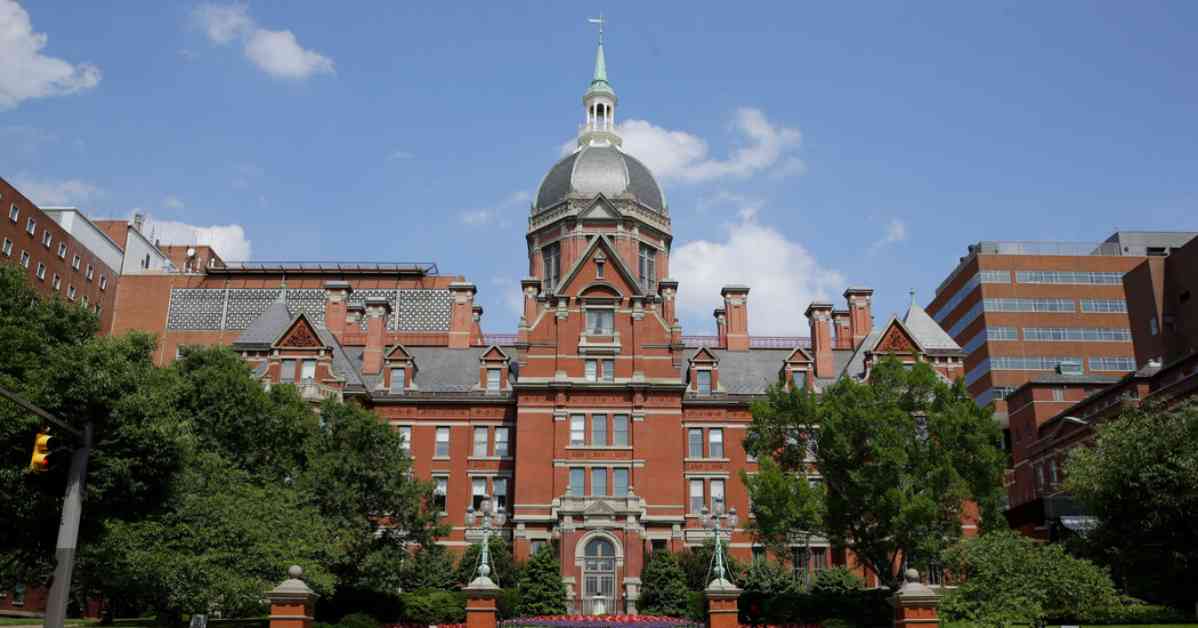A recent donation from Bloomberg Philanthropies will cover the tuition of medical students at Johns Hopkins University if their families earn less than $300,000 annually. This $1 billion gift has sparked a debate about who should qualify for free tuition at medical schools.
The donation, similar to other large gifts to medical schools, aims to alleviate the financial burden on students pursuing careers in medicine. However, there is a key difference in Bloomberg’s program compared to others like Ruth Gottesman’s gift to Albert Einstein College of Medicine and Kenneth G. Langone’s donation to New York University. While the latter two programs cover tuition for all medical students, regardless of income, Bloomberg’s generosity is means-tested, only benefiting students from families earning under $300,000 a year.
Before this donation, tuition at Johns Hopkins Medical School was around $65,000 per year for four years, making it difficult for even families earning $300,000 annually to afford. The total cost of attendance, including living expenses and fees, is estimated to be over $102,000 in the first year alone.
The question arises: why is $300,000 the chosen cutoff for eligibility? And should medical students have to rely on their parents, regardless of their wealth, to pay for their education? According to aides of Mr. Bloomberg, this cutoff was carefully selected to maximize the impact of the $1 billion gift.
While the intention behind these donations is noble, the debate around who should benefit from such generosity continues. Some argue that all medical students should have access to free tuition, regardless of their family income, need, or merit. Others believe that means-testing ensures that the gift reaches those who need it most.
Ultimately, the goal of these donations is to make medical education more accessible and affordable for aspiring doctors. However, the criteria for eligibility and the impact of these gifts on the medical education landscape are topics that warrant further discussion and consideration. The generosity of philanthropists like Michael Bloomberg, Ruth Gottesman, and Kenneth G. Langone has the potential to shape the future of medical education for generations to come.




